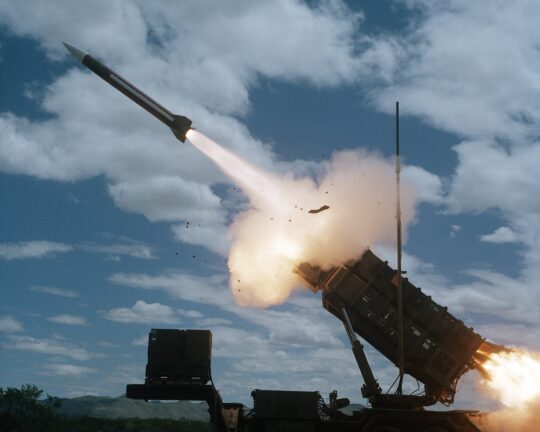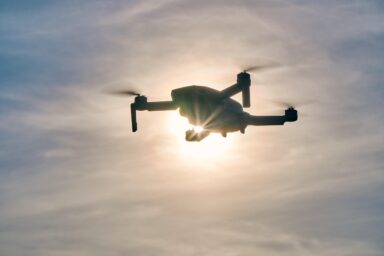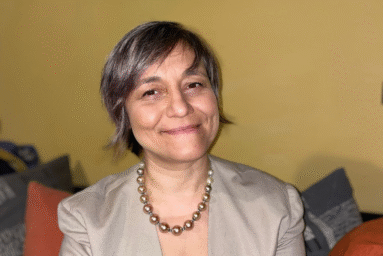In the year since the European Parliament 2024 elections, the EU has put defense and democratic resilience front and center. New institutions, multi-billion-euro investment plans, and a tougher stance on foreign interference signal a decisive push toward strategic autonomy. EU Perspectives sums up the first year of the new term and what to expect in the future.
After years as a subcommittee, the EU’s security and defense portfolio now has full committee status. As of January 20, the European Parliament’s new Committee on Security and Defense (SEDE) is up and running, chaired by Marie-Agnes Strack-Zimmermann (Renew, Germany). The 43-member committee is tasked with overseeing EU defense policy, security cooperation, and foreign missions.
European Defense White Paper
In March, Parliament passed a landmark European Defense White Paper calling for a “quantum leap” in military cooperation. Key proposals include boosting EU-based ammunition production, full interoperability among national forces, faster military mobility, and closer alignment with NATO.
An accompanying annual report on the Common Security and Defense Policy (CSDP) highlighted persistent gaps but also pointed to growing coordination through initiatives like PESCO and the European Defence Fund.
Readiness 2030
On March 4, Commission President Ursula von der Leyen unveiled Readiness 2030, an €800 billion blueprint aimed at reinforcing Europe’s defense industry. The plan includes tax incentives, EU-backed loans, European Investment Bank involvement, and private capital mobilization—all to scale up production, modernize armed forces, and streamline joint procurement by 2030.
Meanwhile, Parliament called for a dramatic expansion of the European Defence Industrial Programme (EDIP), boosting its budget from €1.5 billion to €21 billion. The message: Europe wants not only common defense—but defense “Made in Europe”.
New shield for democracy
Defence is not just deterrence or military funds. With disinformation and foreign interference on the rise, defending democratic institutions has become a strategic priority. On December 18, 2024, the Parliament set up a Special Committee to craft the European Democracy Shield (EUDS). Its mission: build EU-wide resilience against propaganda and hybrid threats.
Chaired by Nathalie Loiseau (Renew, France), the committee moved quickly in 2025. On April 29, rapporteur Tomas Tobé (EPP, Sweden) proposed the creation of a European disinformation watchdog, tighter coordination between the EU Commission, the European External Action Service (EEAS), and member states, and dedicated funding for independent fact-checking.
You might be interested
The Commission has since launched a public consultation and a call for proposals to build a European fact-checking network. A committee mission to Taiwan in July underscored the urgency of the task.
NATO sets 2035 defense targets
At the June NATO summit in The Hague, the Alliance’s 32 members signed off on an ambitious pledge: by 2035, 5% of GDP will go to defense—with 3.5% earmarked for operational capabilities and 1.5% for infrastructure, industry, and domestic resilience.
“I assume that in The Hague we will agree on a high defence spend target of in total 5%” said Mark Rutte in May to the NATO Parliamentary Assembly in Dayton. And then he made it.
NATO also announced plans to multiply Europe’s air defenses fivefold and improve counter-drone and missile systems—following incidents like the recent drone incursions into Lithuanian airspace.
Support for Ukraine intensifies
In June, NATO rolled out the Prioritised Ukraine Requirements List (PURL) to coordinate major arms deliveries to Kyiv. Sweden, Norway, and Denmark pledged $500m in U.S. made weapons and The Netherlands joined with a €500m package.
Meanwhile, Germany formalized its military presence in Lithuania as part of NATO’s eastern deterrence strategy. The deployment of the 45th Panzer Brigade marks the beginning of a permanent forward defense posture on the Alliance’s frontier.
What is to come
The real test lies ahead. Many of the EU’s new defense and resilience initiatives are still in their infancy, with the impact on the ground remaining to be seen. Translating political ambition into tangible capabilities will depend on sustained funding, member state cooperation, and the ability to adapt to rapidly changing security threats. The coming years will reveal whether these bold plans become lasting pillars of European strategic autonomy or fade into political rhetoric.











